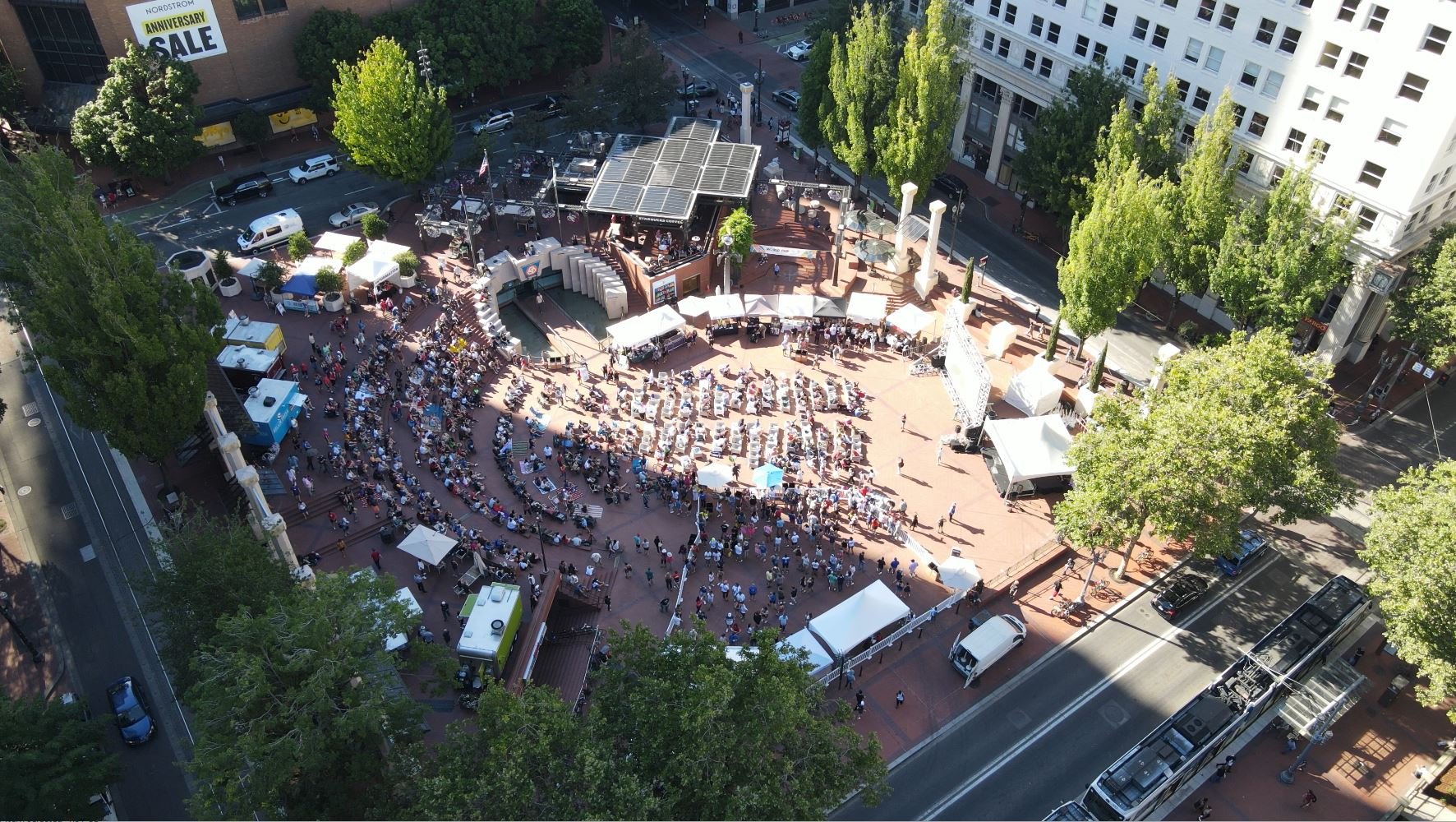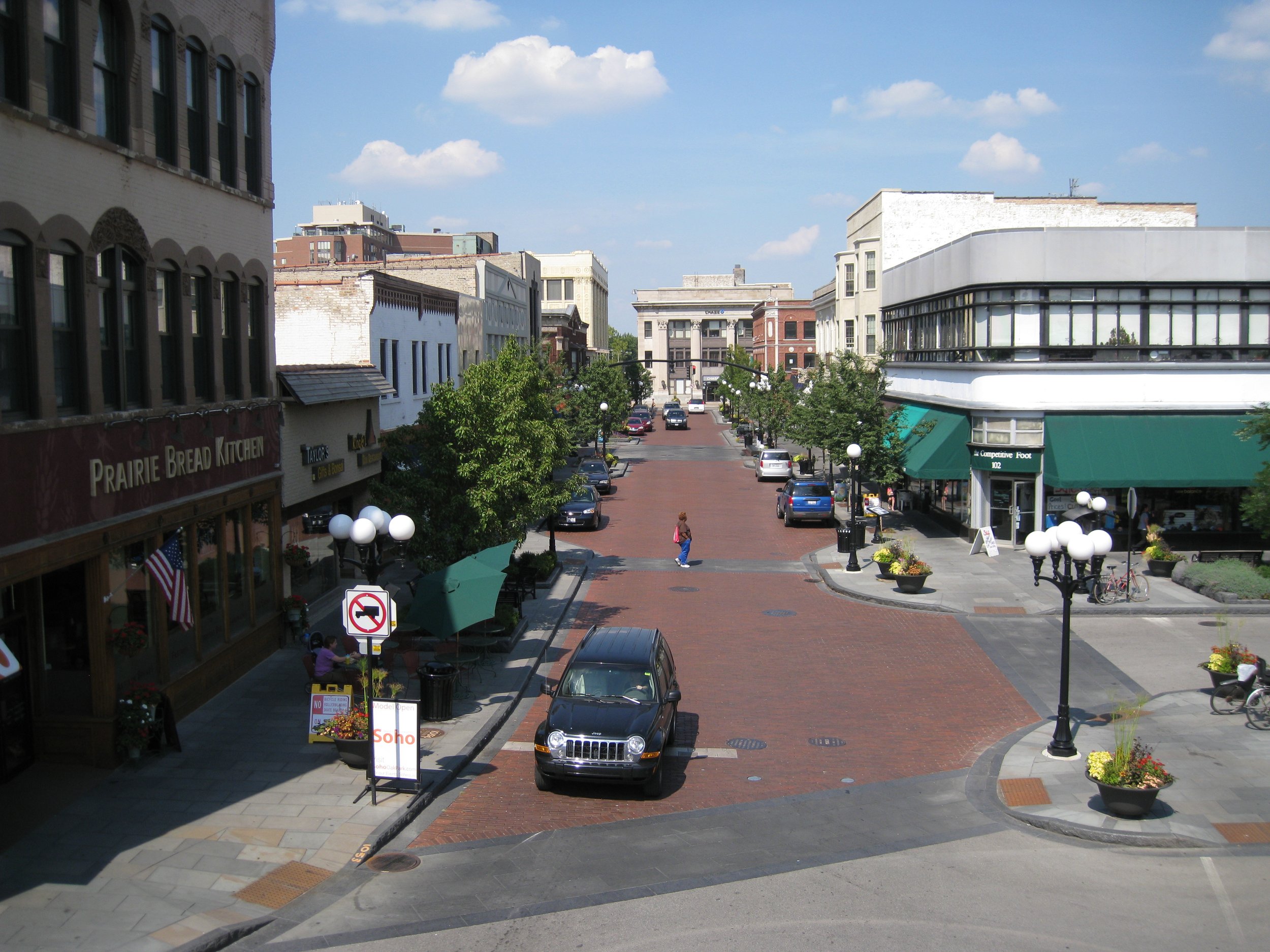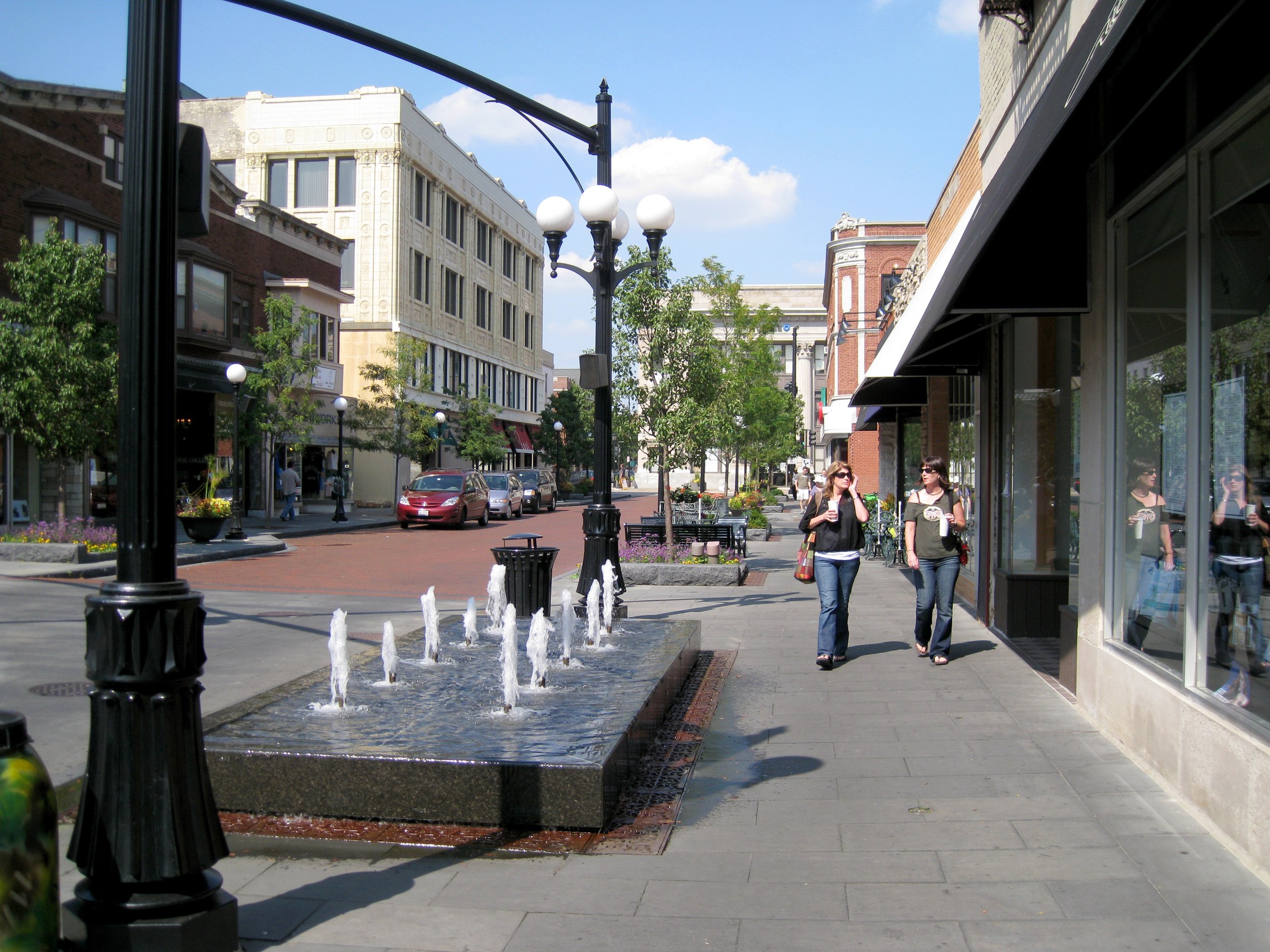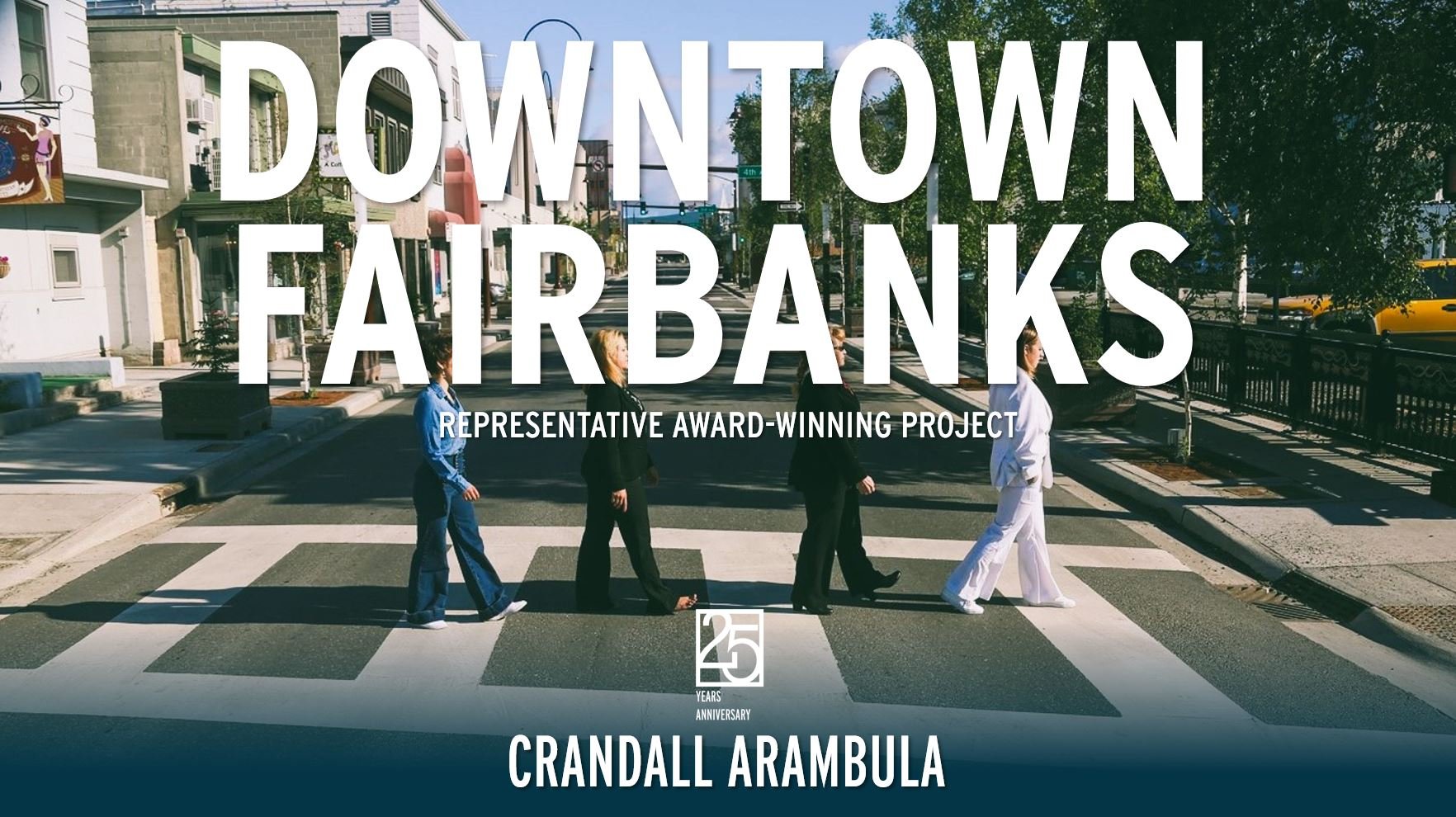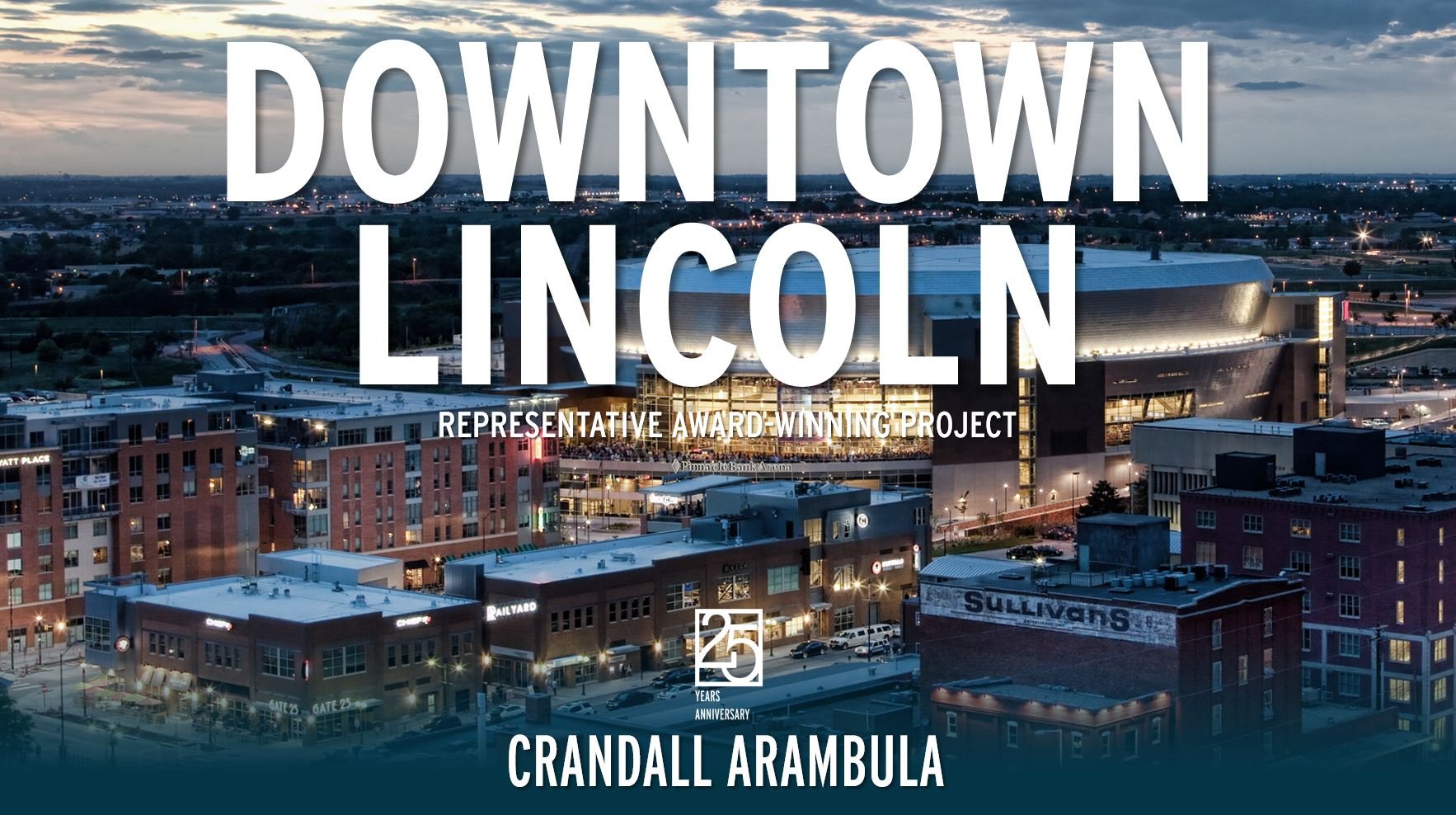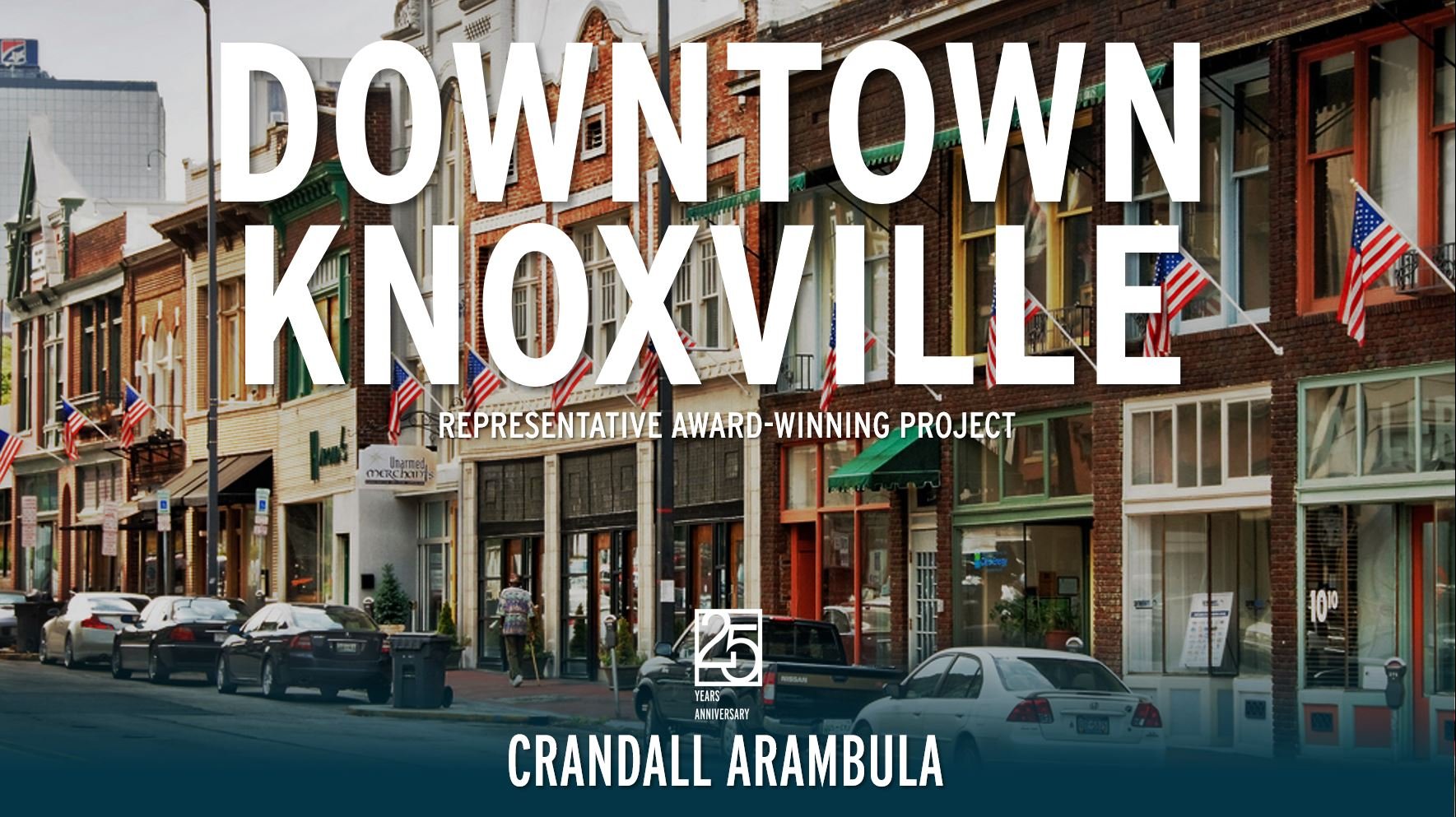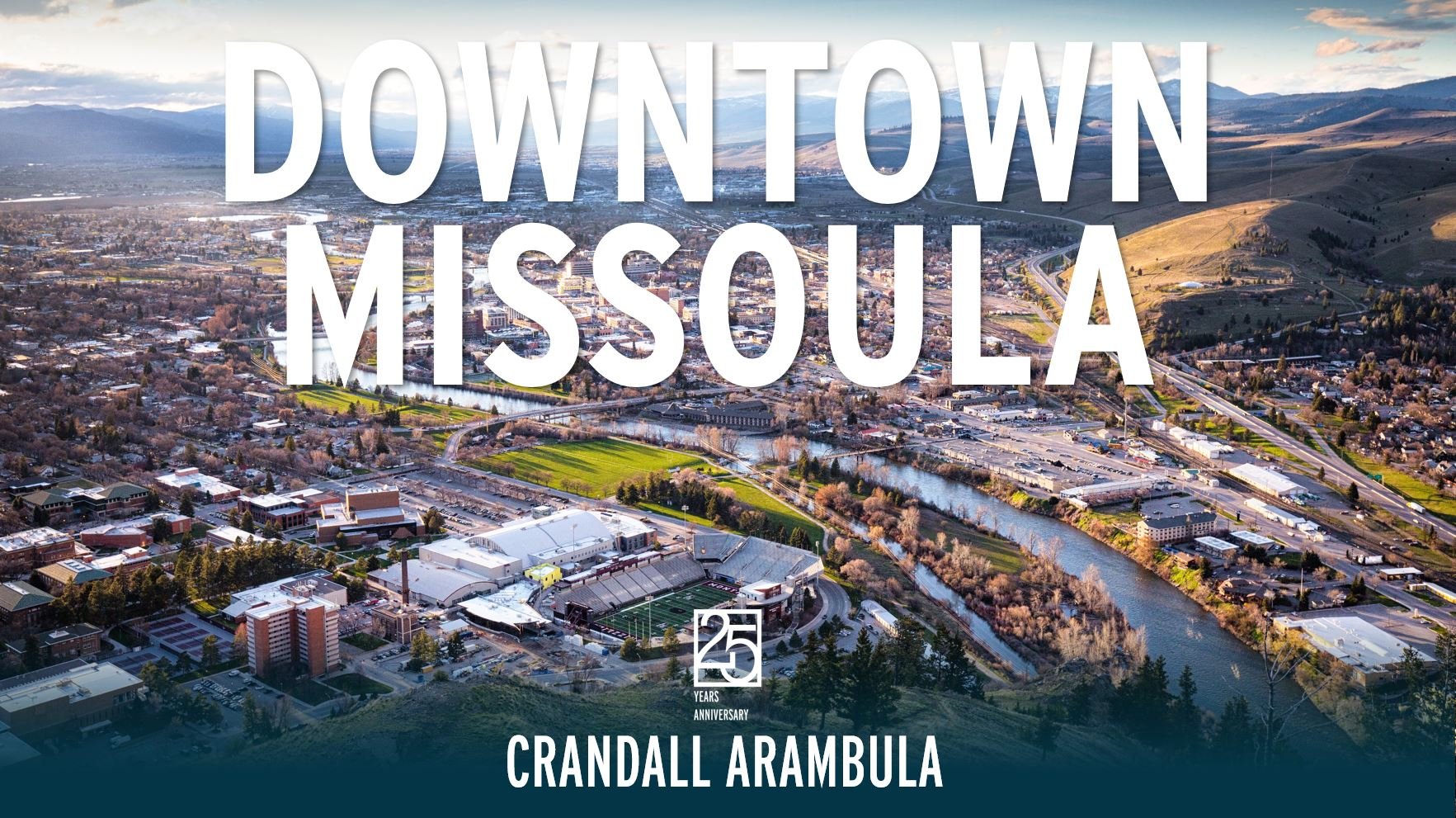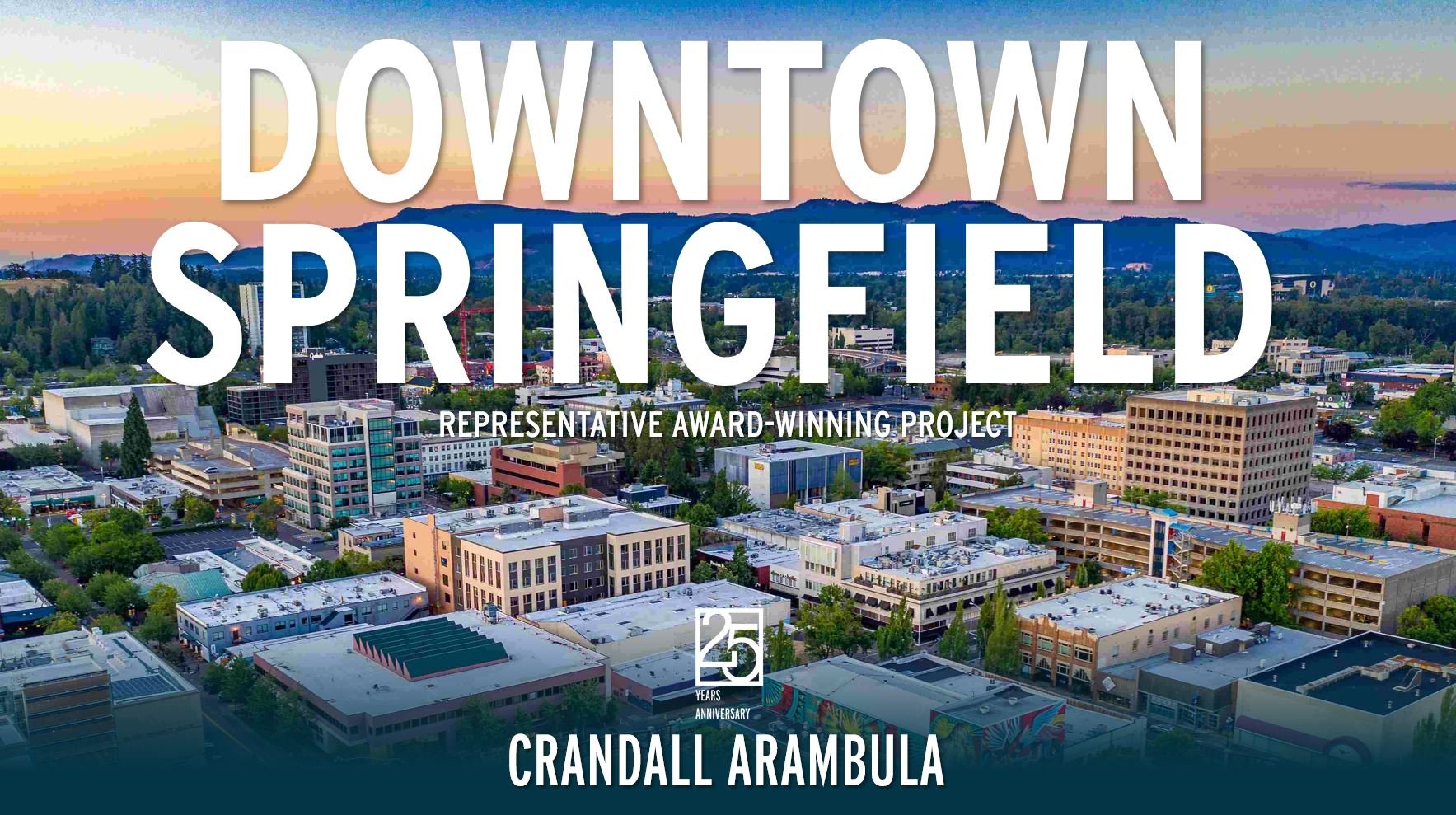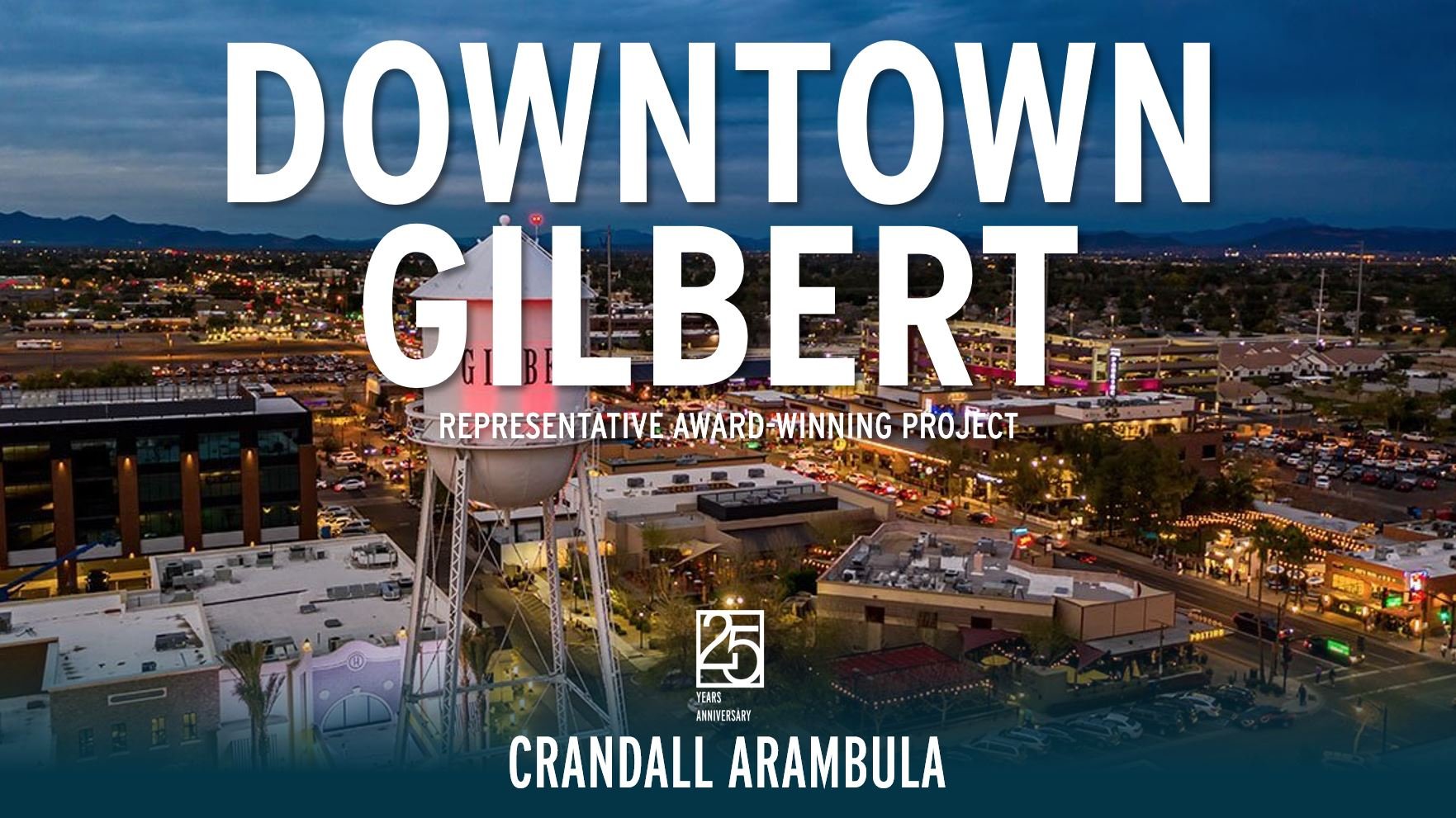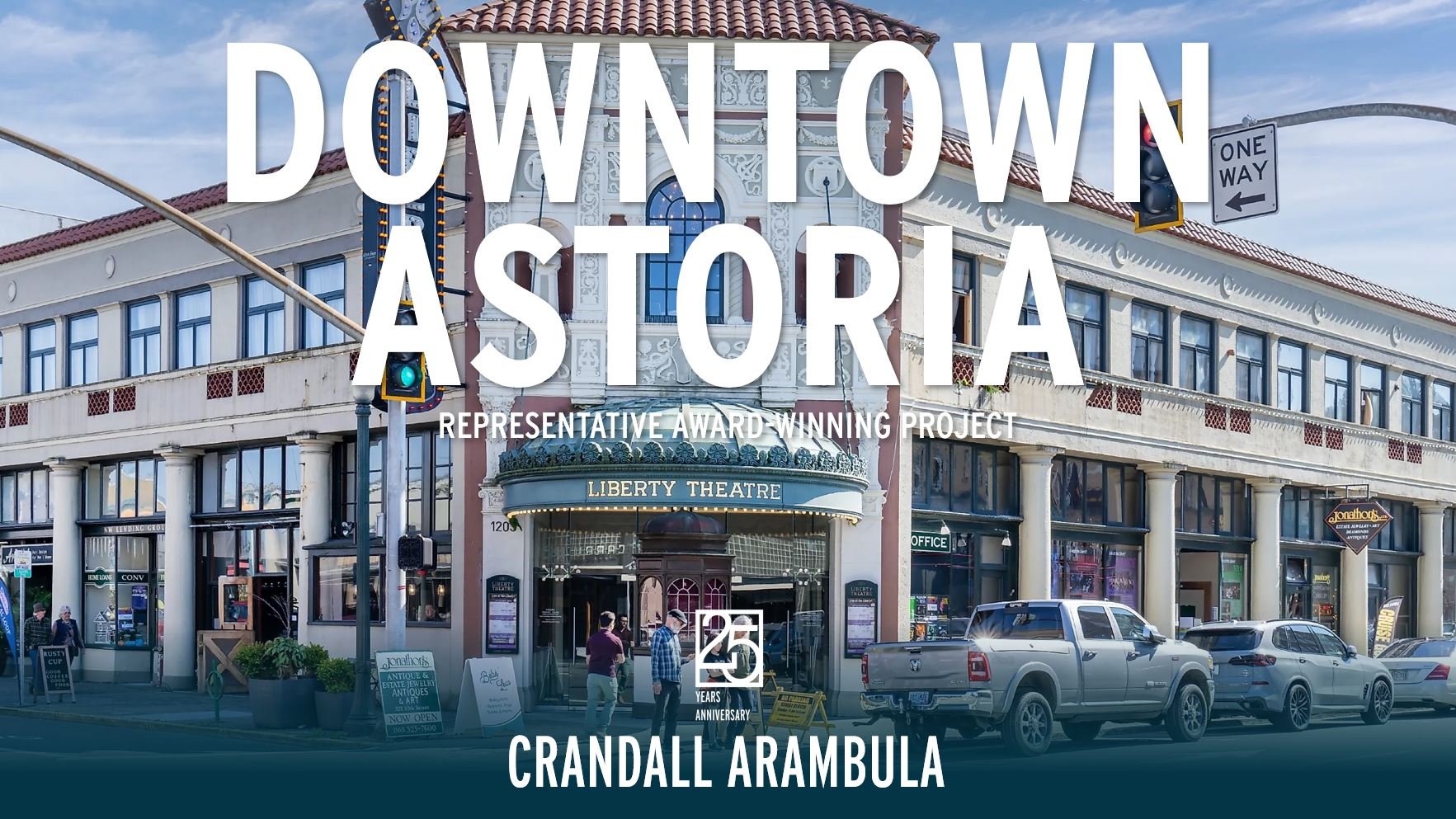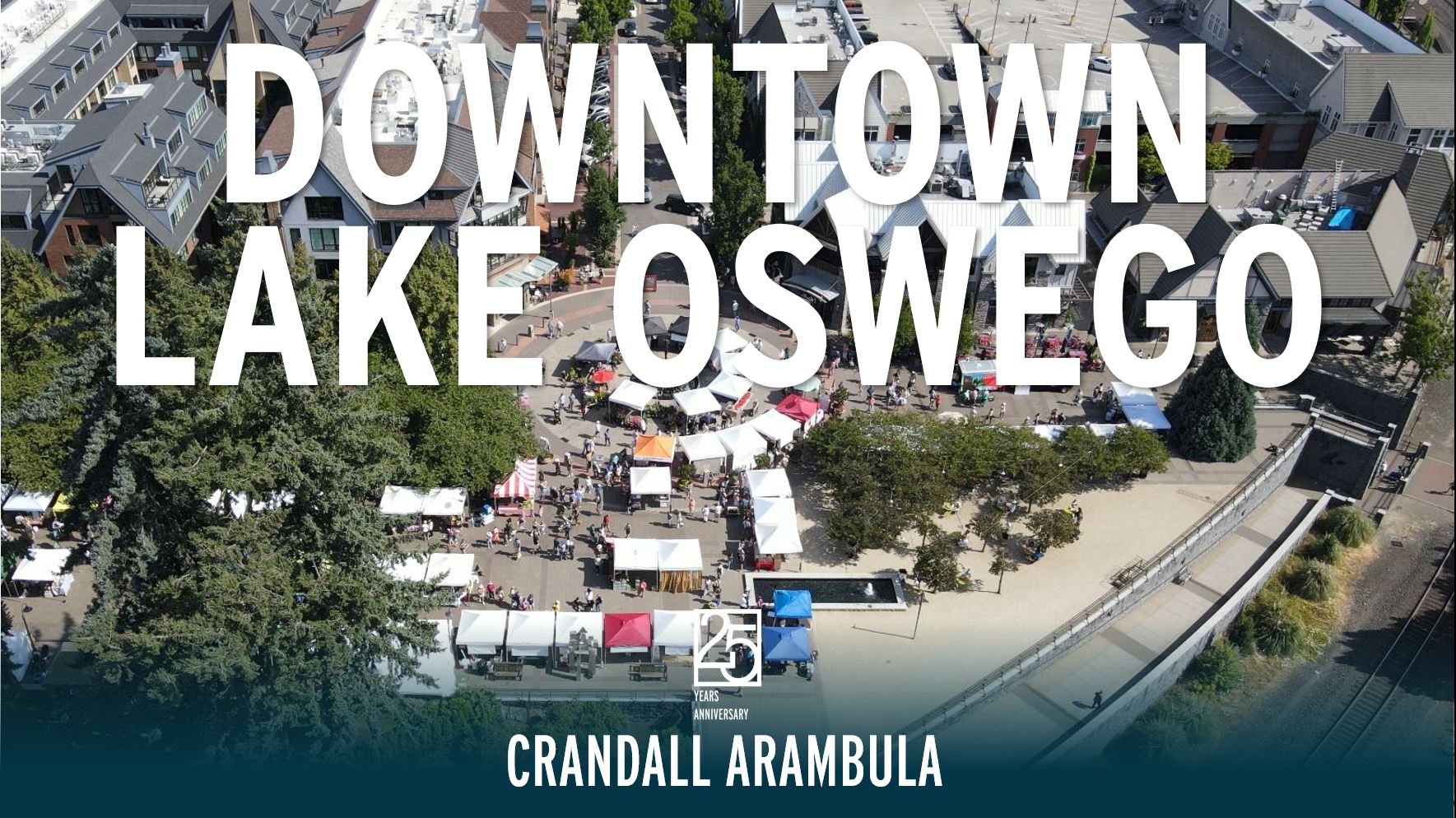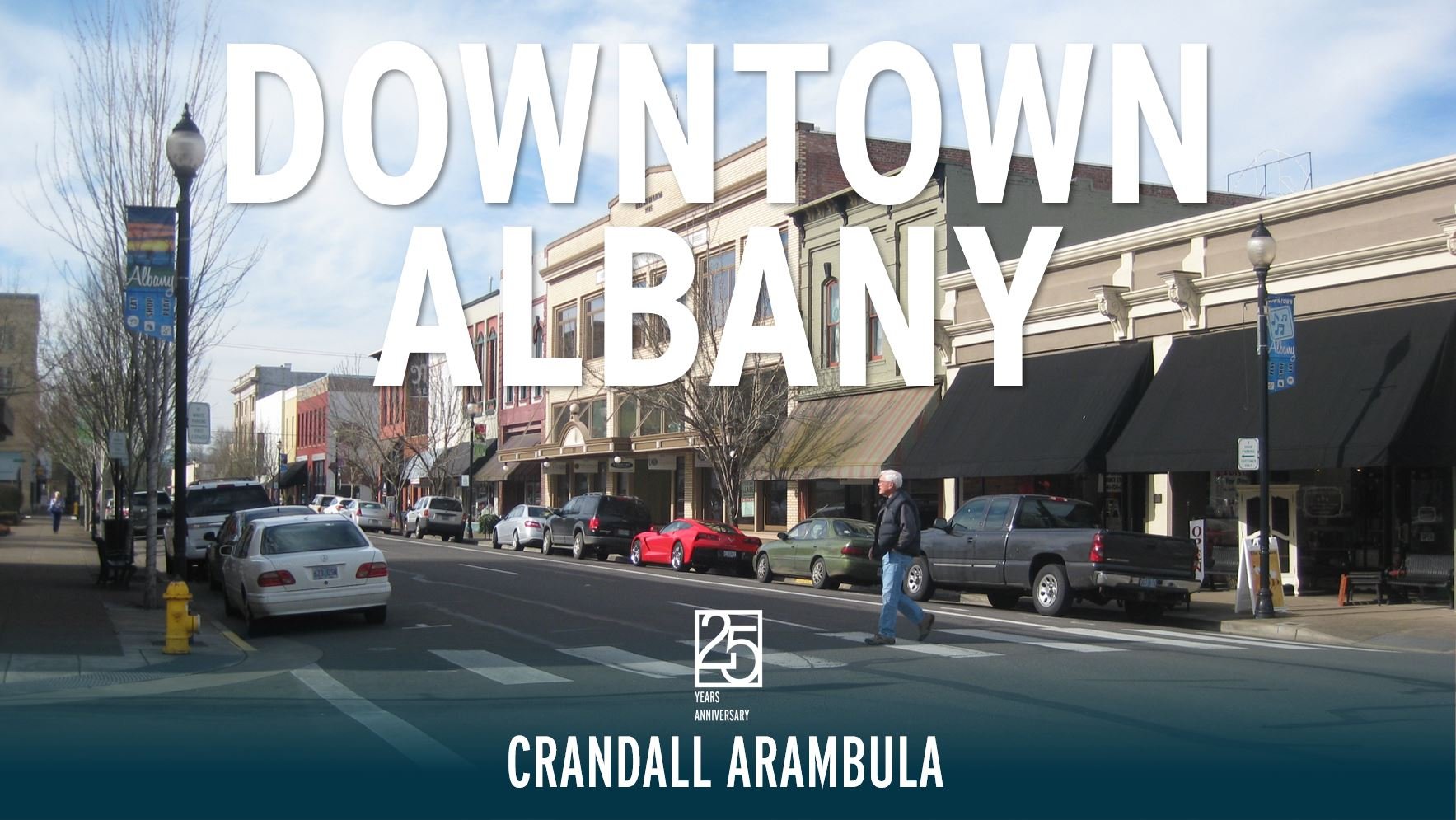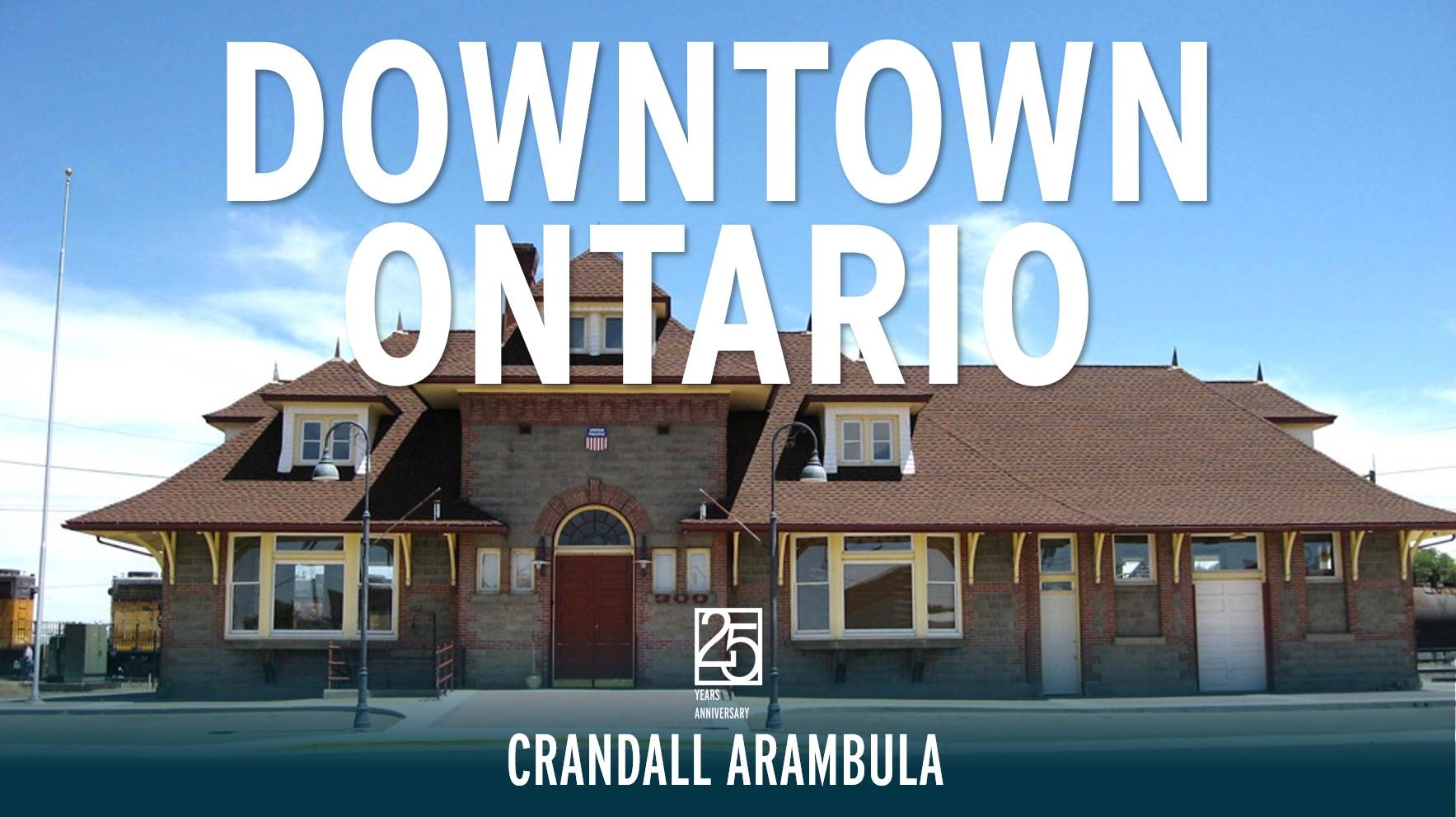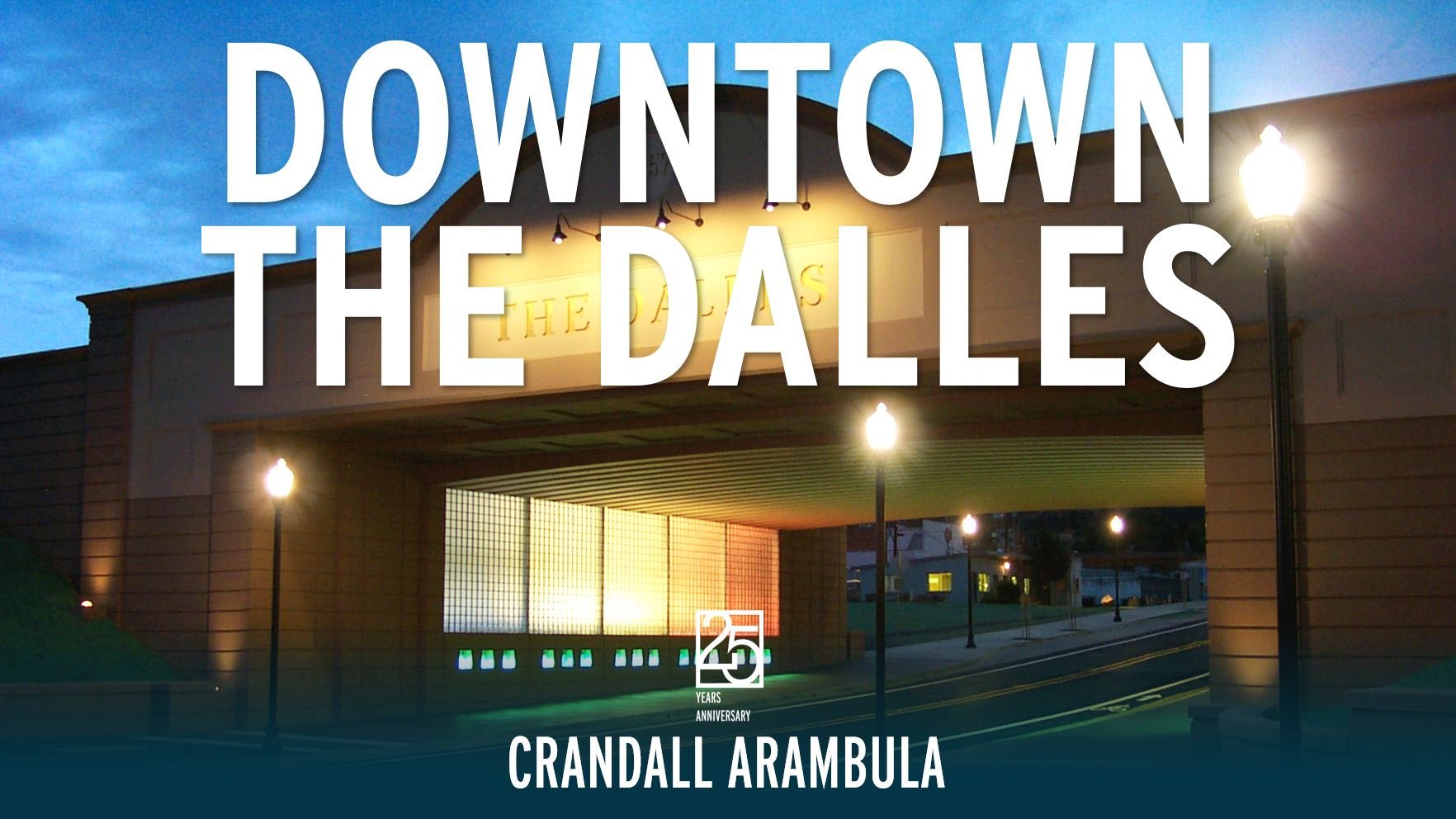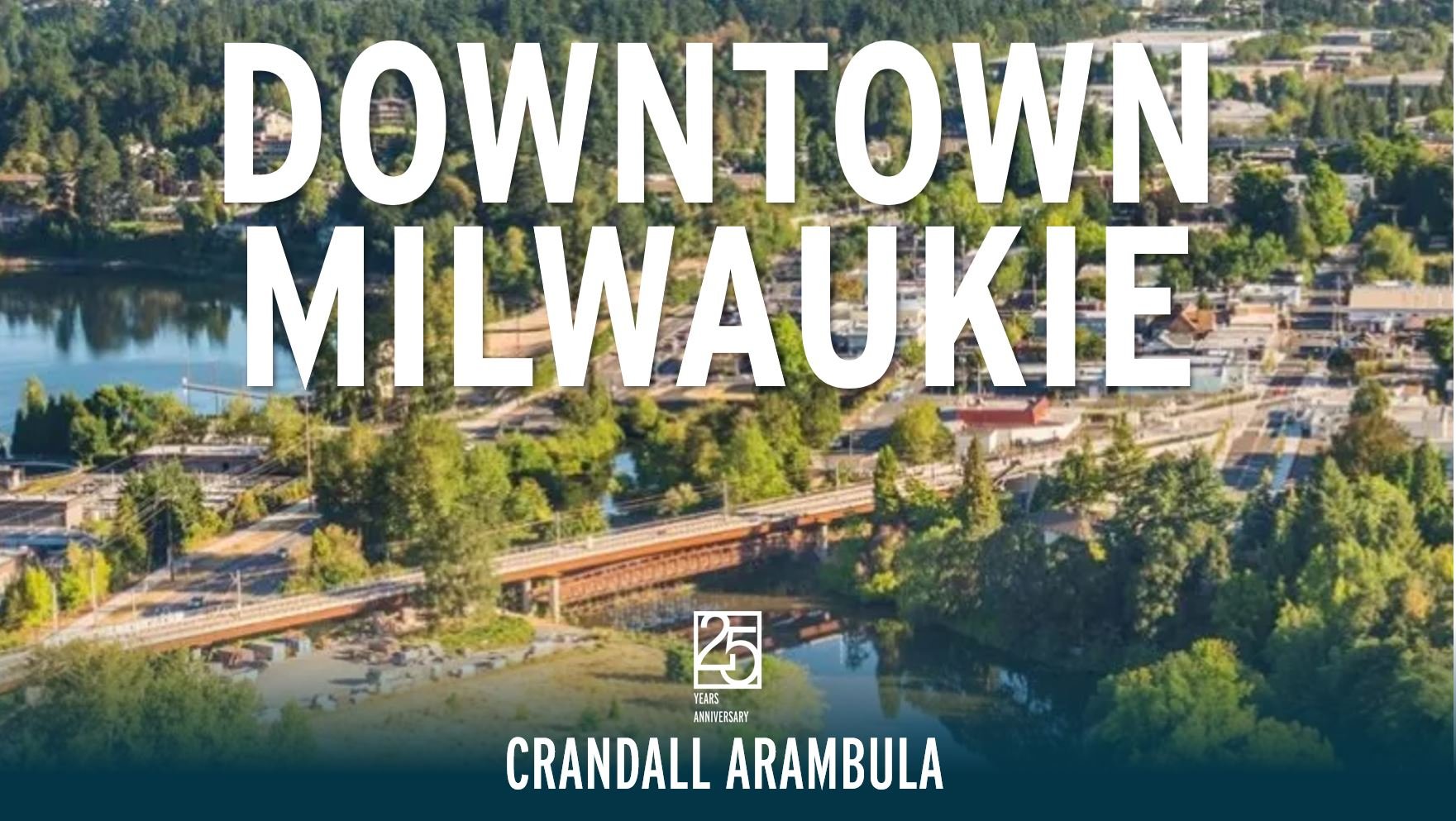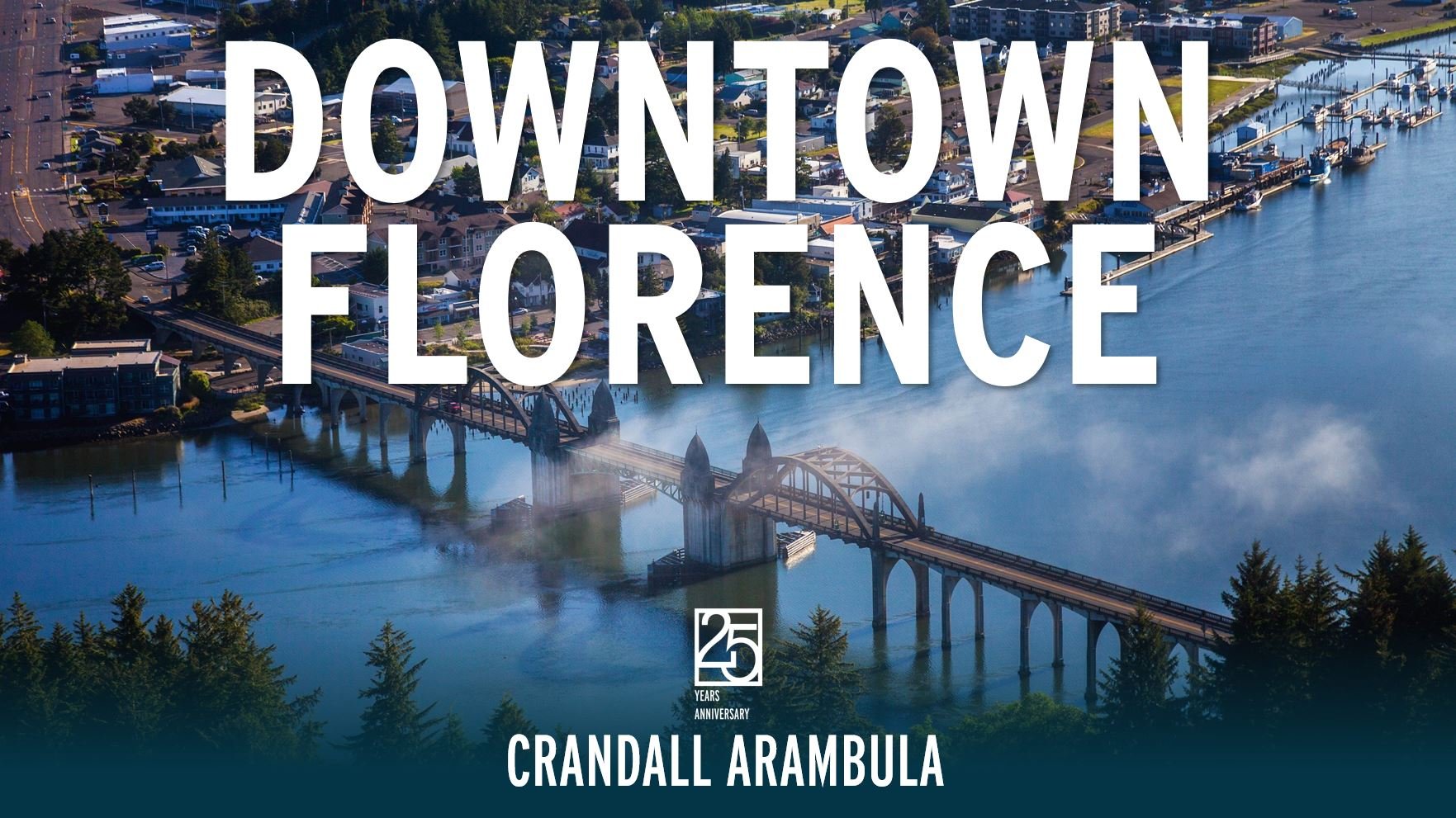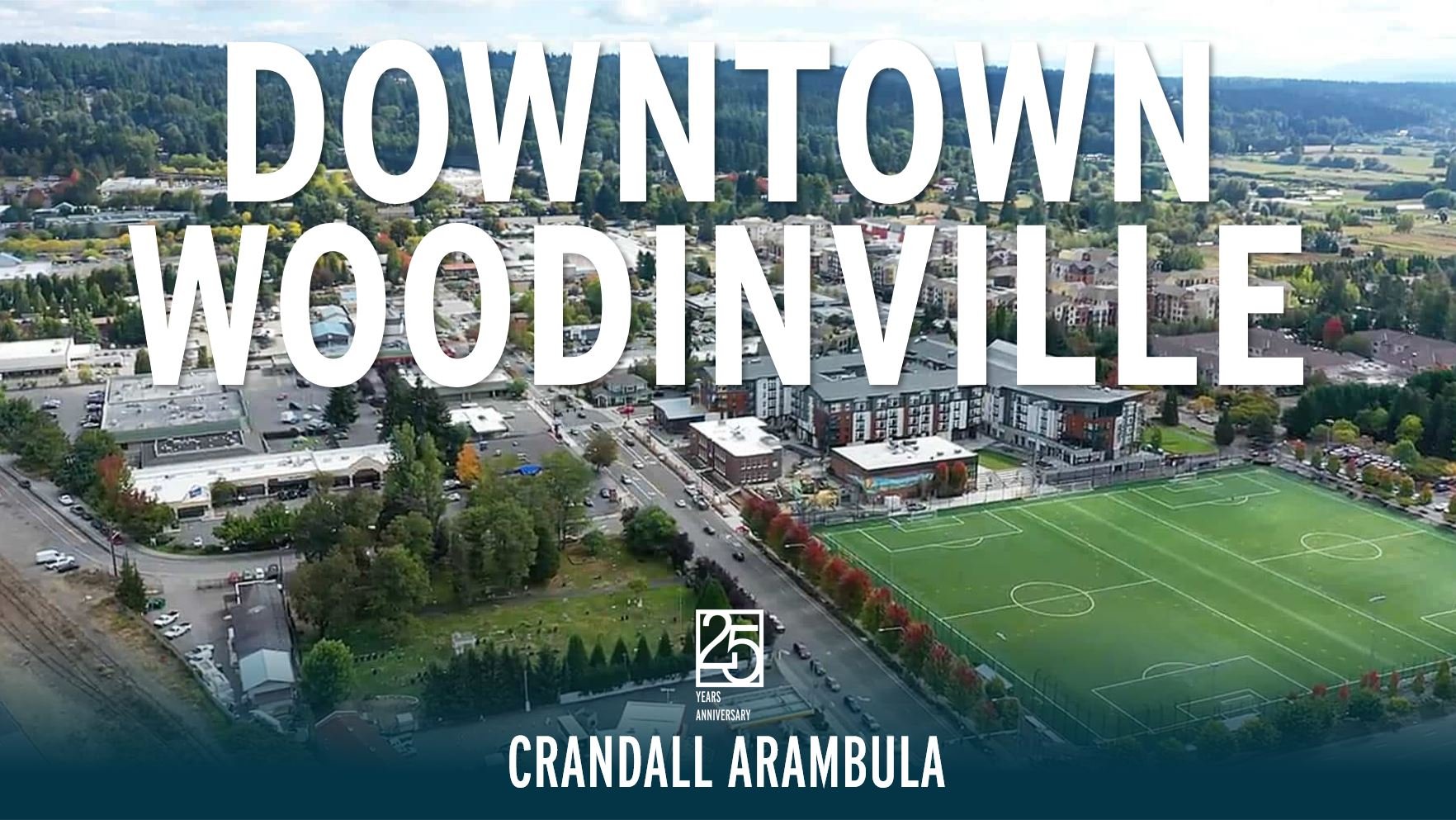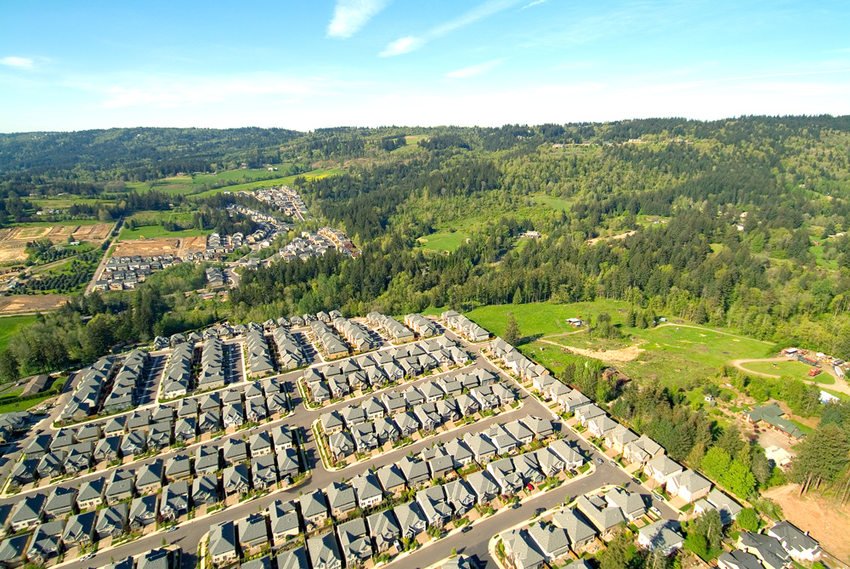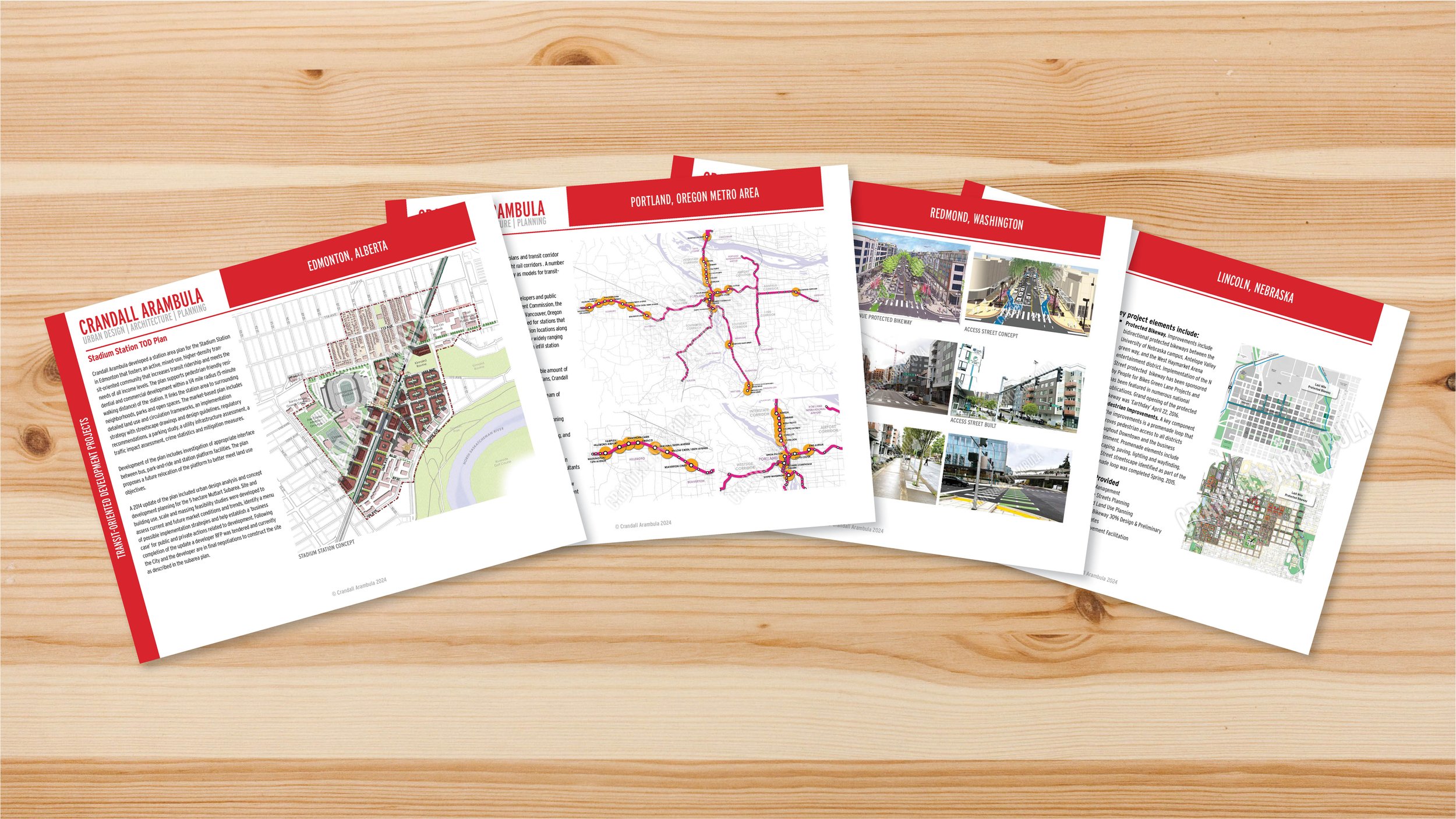Fundamentals
Save the heart first.
The central focus of a city or town’s retail, housing, employment, and civic identity must not be lost to fringe suburban districts or adjacent communities. A downtown must be more than simply a collection of specialty retail shops and civic uses. The best downtowns have thriving retail, restaurants, and evening entertainment. The downtown investment environment is significantly eroded when these uses leave and the downtown is hollowed out.
A downtown without a revitalization strategy is like an orchestra without a musical score: harmony and success do not occur. Community leaders who are interested in making a difference must develop a score and tune up the downtown orchestra of government, business, and civic leadership. The rewards can be substantial.
What is the first step in downtown revitalization?
In 1996, this question inspired the American Architectural Foundation to research and produce a television program titled Back from the Brink. It profiled three American cities that made dramatic turnarounds; all three cities used the same sequence of actions - or recipe - to achieve success. The first step and key element in downtown revitalization was to develop a downtown plan.
What are the key products produced in a successful downtown plan?
Plans must include:
A “big picture” concept diagram
A “capacity framework” illustrating full development potential
Land use and circulation frameworks
Graphic project illustrations
An implementation strategy with catalyst projects, priorities, and financial implications
Regulatory documents
“Prior to the plan, people said,
‘Why not just bulldoze downtown
and be done with it?’ But now the
local government, businesses, and
the citizens enthusiastically endorse it.”
AIA Honor Award
Racine Downtown Plan
Large Downtowns
A downtown without a revitalization strategy is like an orchestra without a musical score: harmony and success do not occur.
Effective plans involve more than economic strategies or promotional campaigns. Successful downtown planning establishes physical plans and prioritized implementation strategies that maximize retail, housing, and employment opportunities while integrating supporting transportation facilities.
Labeling a downtown a collection of ‘mixed-use districts’ is not good enough; colored land use maps and a laundry list of policies are not sufficient. Additional detail is required. Fundamental real estate siting requirements must be met to attract investor interest. We employ these criteria as a central component of our downtown planning efforts.
REPRESENTATIVE PROJECTS
Portland, Oregon
Fairbanks, Alaska
Santa Fe, New Mexico
Small Downtowns
Small downtowns are fragile.
Competing edge uses, such as big box stores or shopping centers, and highway bypasses can destroy a downtown. Small cities must build off of their existing assets. Protecting and enhancing the historic character of a community is good for business: visitors are attracted, investment is stimulated, and the community develops a sense of pride in its unique environment. As in large downtowns, fundamental real estate siting requirements must be met to attract investor interest.
REPRESENTATIVE PROJECTS
Woodinville, Washington
Astoria, Oregon
Milwaukie, Oregon
The Dalles, Oregon
Medford, Oregon
Ontario, Oregon
Florence, Oregon
Lake Oswego, Oregon
Retail Strategies
Northwest 23rd Ave, portland oR
Create a retail hotspot by capturing hidden market demand.
A full downtown plan may not be necessary in all cases. Retail is the most important, and the most difficult, land use to get right. A retail strategy that addresses the fundamental requirements can attract development. Our formula for success includes:
The right retail configuration.
Attractive storefront presentation.
High-quality pedestrian environments.
Shopper-friendly parking.
Convenient automobile access.
REPRESENTATIVE PROJECTS
Woodinville, Washington
Astoria, Oregon
Milwaukie, Oregon
The Dalles, Oregon
Medford, Oregon
Ontario, Oregon
Florence, Oregon
Lake Oswego, Oregon


